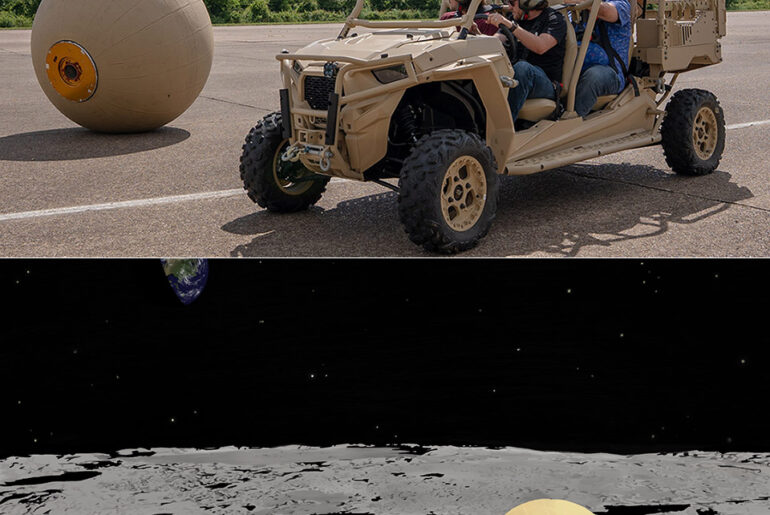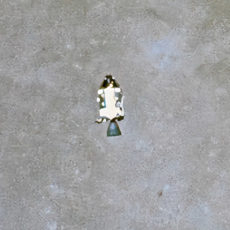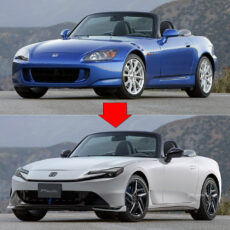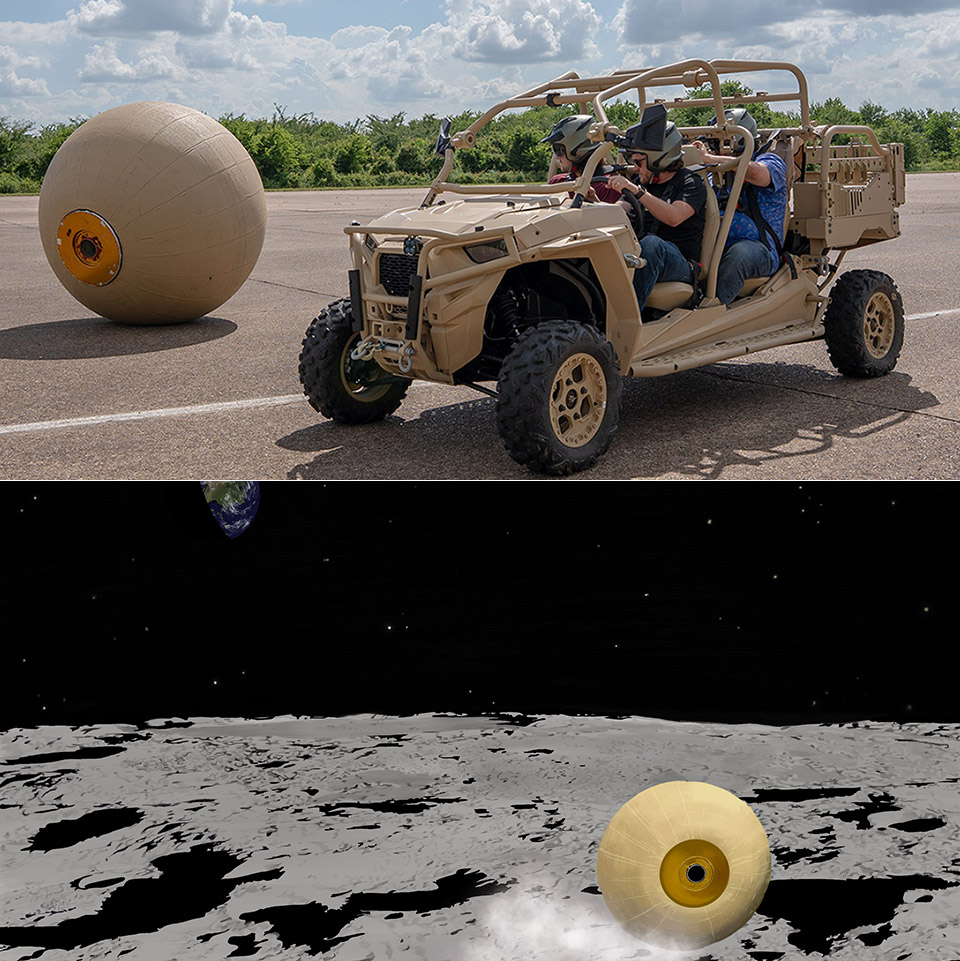
Photo credit: Emily Oswald/Texas A&M Engineering
A sphere glides across the Moon’s rough surface, dodging craters and skimming over dusty regolith. This is the vision behind RoboBall, a spherical robot developed by researchers at Texas A&M University. Led by Robert Ambrose, with graduate students Rishi Jangale and Derek Pravecek, the project aims to change the way we explore alien terrain.
RoboBall’s design is all about simplicity and toughness as seen in the latest prototypes, RoboBall II and III. The former is a 2 foot diameter test bed. Inside its soft outer shell is a pendulum and motor system that moves it. Swinging the pendulum allows the center of gravity to shift and it can move in any direction with great agility. During testing it went through grass, gravel, sand and even water and reached 20mph. It can glide over many surfaces without getting stuck so it’s ready for the Moon where the terrain is always changing.
- MISSION TO THE MOON – Space explorers 10 years old and up can build the advanced Moon rover system inspired by real Lunar Outpost vehicles enabling...
- REALISTIC ENGINEERING COMPONENTS – Kids can discover real space engineering principles with rocker suspension, 4-wheel steering, deployable solar...
- MODEL SPACE ROVER – The all-terrain space vehicle includes a mining rover with a dynamic scoop and sample container for Moon rocks, plus a MAPP...
RoboBall III is 6 feet in diameter and is designed for real world challenges. This larger model has sensors, cameras and sample instruments inside and can inflate and deflate its outer shell to change traction on different surfaces. Are the lunar slopes rocky? Is the regolith soft? RoboBall III adapts on the fly, reducing wear and increasing grip. And because it’s a sphere, there’s no up or down – a plunge down a crater’s edge won’t bother it. This durability could be a game changer for missions where standard rovers fail.
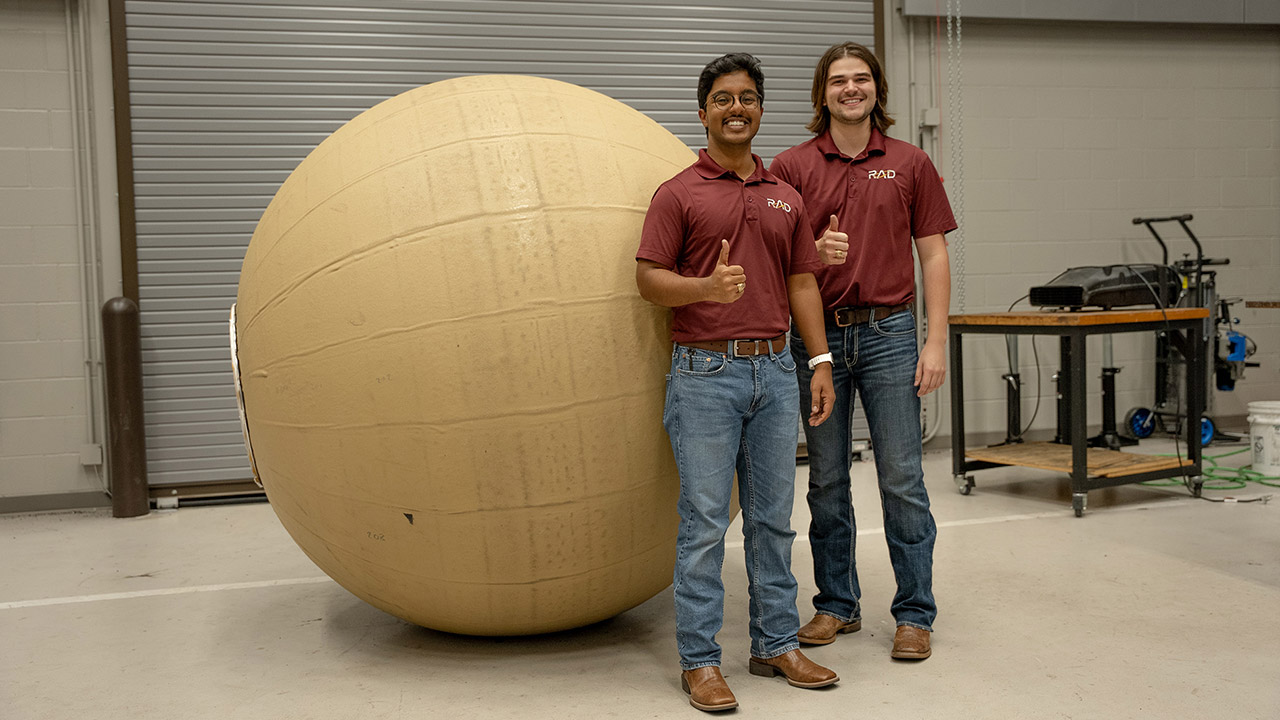
The concept was born at NASA over two decades ago but languished until Ambrose brought it to Texas A&M’s Robotics and Automation Design Lab. The team revived and enhanced the idea with funding from the Chancellor’s Research Initiative and the Governor’s University Research Initiative. But their work is about more than just space. Field tests on Galveston’s beaches will soon test how RoboBall transitions from water to land, an important step towards proving its adaptability. Beyond the Moon, the team sees terrestrial applications such as search and rescue missions after disasters. Imagine a swarm of these spheres mapping flood zones or finding survivors, delivering data without putting human life at risk.
The pendulum system is beautifully simple but opens up a lot of possibilities. On the Moon where every gram counts a lightweight, rugged robot that can carry science gear and roll forever is a logistical win. Since the team is looking at modular payloads – cameras or soil samplers – RoboBall can adapt to mission requirements. And since it can withstand Earth’s toughest conditions it has applications closer to home – disaster response and environmental monitoring.
[Source]

